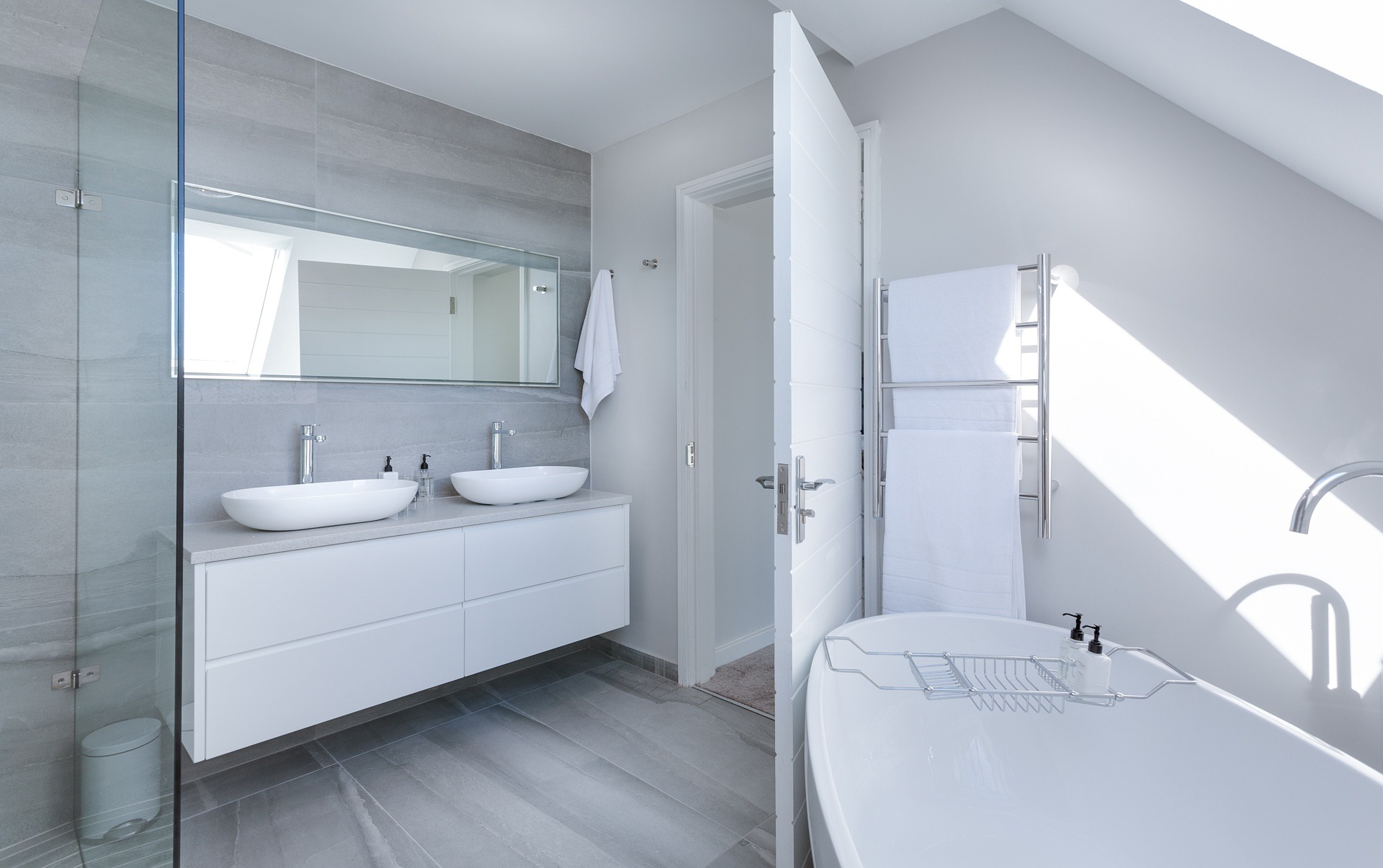Bathtubs for sale - prices you have to see to believe
Bathtubs are a luxurious addition to any bathroom, offering relaxation and comfort. This guide explores various bathtub styles, their features, and price ranges to help you make an informed decision for your home.

What are the main types of bathtubs available?
When shopping for a bathtub, you’ll encounter several distinct styles. The most common types include:
-
Alcove bathtubs: These fit into a three-walled enclosure and are typically the most affordable option.
-
Freestanding bathtubs: These stand-alone tubs come in various shapes and styles, offering a focal point for your bathroom.
-
Corner bathtubs: Designed to fit into a corner, these tubs maximize space in smaller bathrooms.
-
Drop-in bathtubs: These are installed within a deck or platform, providing a sleek, built-in look.
-
Walk-in bathtubs: Ideal for those with mobility issues, these tubs feature a door for easy entry and exit.
Each type has its unique benefits, so consider your bathroom layout, personal preferences, and budget when making your choice.
How do bathtub materials affect price and durability?
The material of your bathtub plays a significant role in its price, durability, and overall appearance. Common materials include:
-
Acrylic: Lightweight, affordable, and easy to maintain, acrylic tubs are a popular choice for many homeowners.
-
Cast iron: Known for their durability and heat retention, cast iron tubs are more expensive but can last for decades.
-
Fiberglass: The most budget-friendly option, fiberglass tubs are lightweight but may not be as durable as other materials.
-
Stone resin: These tubs offer a luxurious look and excellent durability but come with a higher price tag.
-
Copper: For a truly unique bathtub, copper offers antimicrobial properties and a stunning appearance, albeit at a premium price.
When considering bathtub prices, remember that the material will significantly impact the overall cost and longevity of your investment.
What features should I look for in a walk-in bathtub with shower?
Walk-in bathtubs with showers offer a versatile solution for those seeking both safety and convenience. Key features to consider include:
-
Low threshold entry: Ensures easy access for those with mobility issues.
-
Non-slip flooring: Enhances safety when entering and exiting the tub.
-
Built-in seating: Provides comfort and stability during bathing.
-
Handheld showerhead: Offers flexibility for both bathing and showering.
-
Quick drain technology: Allows for faster water drainage, reducing waiting time.
-
Hydrotherapy jets: Some models include jets for a spa-like experience.
-
ADA compliance: Ensures the tub meets accessibility standards.
When shopping for a walk-in bathtub with shower, prioritize these features based on your specific needs and budget.
How much should I expect to spend on a quality bathtub?
Bathtub prices vary widely depending on the type, material, and features. Here’s a general price guide:
- Standard alcove tubs: $200 - $800
- Freestanding tubs: $600 - $3,000+
- Corner tubs: $500 - $2,000
- Drop-in tubs: $400 - $2,500
- Walk-in tubs: $2,000 - $8,000+
Keep in mind that high-end materials like copper or stone resin can increase prices significantly. Additionally, installation costs should be factored into your budget, as they can range from $500 to $3,000 or more, depending on the complexity of the installation.
What are some popular bathtub brands and their price ranges?
To give you a better idea of bathtub prices across different brands, here’s a comparison of some popular options:
| Brand | Type | Material | Price Range |
|---|---|---|---|
| American Standard | Walk-in | Acrylic | $4,000 - $8,000 |
| Kohler | Freestanding | Cast Iron | $2,500 - $6,000 |
| MAAX | Alcove | Acrylic | $300 - $1,000 |
| Jacuzzi | Corner | Acrylic | $1,500 - $3,500 |
| Badeloft | Freestanding | Stone Resin | $3,000 - $7,000 |
Prices, rates, or cost estimates mentioned in this article are based on the latest available information but may change over time. Independent research is advised before making financial decisions.
When comparing bathtub prices, consider factors such as warranty, customer reviews, and the reputation of the brand. It’s also worth noting that some high-end brands may offer more customization options or unique features that justify their higher price points.
How can I save money when purchasing a bathtub?
While bathtubs can be a significant investment, there are several ways to save money without compromising on quality:
-
Shop during sales: Look for seasonal promotions or end-of-year clearance events.
-
Consider last year’s models: Newer models may have only minor updates but cost significantly more.
-
Compare prices online: Check multiple retailers and use price-matching policies when available.
-
Look for package deals: Some retailers offer discounts when you purchase a tub with other bathroom fixtures.
-
Opt for standard sizes: Custom sizes often come with a premium price tag.
-
DIY installation: If you’re handy, installing the tub yourself can save on labor costs.
-
Choose a mid-range material: Acrylic offers a good balance of durability and affordability.
Remember to factor in long-term costs such as maintenance and energy efficiency when making your decision. A higher upfront cost may lead to savings over time if the tub is more durable or energy-efficient.
In conclusion, choosing the right bathtub involves balancing your budget with your desired features and style preferences. By understanding the various types, materials, and price ranges available, you can make an informed decision that will enhance your bathroom and provide years of relaxation and enjoyment.
The shared information of this article is up-to-date as of the publishing date. For more up-to-date information, please conduct your own research.




